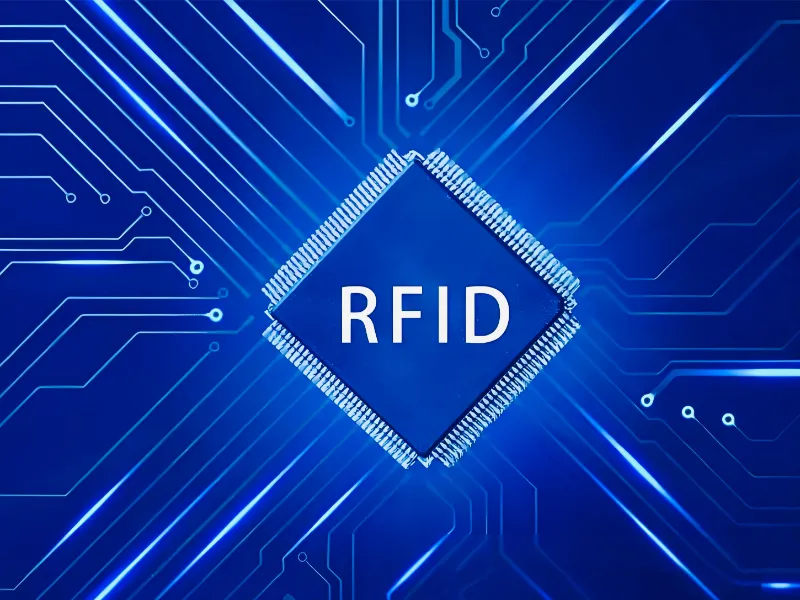- Radio-frequency identification (RFID) is a technology that uses electromagnetic fields to identify and track tags attached to objects.
- RFID can be deactivated while deactivating it may seem advantageous in certain scenarios.
RFID technology has revolutionised various industries by enabling efficient tracking and management of goods, assets, and even individuals. From supply chain management to contactless payment systems, RFID offers convenience and enhanced operational capabilities. However, a question that often arises is whether RFID tags can be deactivated. In this blog, we delve into RFID’s applications, deactivation methods and hidden dangers.
What is radio-frequency identification (RFID)
RFID is a technology that uses electromagnetic fields to automatically identify and track tags attached to objects. These tags contain electronically stored information that can be read from a distance using an RFID reader or scanner. The technology operates through radio waves, allowing for non-contact identification and data transfer.
Also read: Common protocols used by IoT devices
Function and applications of RFID
The primary function of RFID is to enable identification and tracking without the need for direct line-of-sight or physical contact. RFID systems consist of tags, readers, and a backend database or system for managing collected data. Tags can be passive (powered by the RFID reader’s signal), active (with an internal power source), or semi-passive (battery-assisted passive).
RFID technology finds diverse applications across various industries:
1. Supply chain management: Tracking inventory and shipments to improve logistics and reduce losses.
2. Retail: Enhancing inventory management, reducing theft, and improving customer experience with contactless payments.
3. Healthcare: Tracking medical equipment, managing patient records, and ensuring medication safety.
4. Access control: Managing entry and exit of personnel in secure facilities.
5. Transportation: Toll collection, automated vehicle identification, and tracking of goods in transit.
Also read: Secure connect: Safeguarding data in a digital world
Can RFID be deactivated
RFID tags can be deactivated or disabled using several methods.
1. Physical destruction: Destroying the antenna or integrated circuit of the RFID tag renders it unreadable. This method is irreversible and ensures complete deactivation.
2. Electromagnetic shielding: Placing the RFID tag within a conductive material (such as metal foil) or Faraday cage blocks radio waves, effectively deactivating the tag.
3. Signal jamming: Emitting strong radio signals in the RFID frequency range can disrupt communication between the tag and reader, rendering the tag temporarily unreadable.
4. Software control: Some RFID tags and systems support remote deactivation through software commands, allowing for selective activation or deactivation.
Hidden dangers after deactivation
While deactivating RFID tags may seem advantageous in certain scenarios, there are potential hidden dangers to consider.
Deactivated tags may still contain sensitive information that could be retrieved through sophisticated means. Even after deactivation, our information could potentially be accessed or exploited if not properly secured or destroyed. Many RFID tags contain materials that can harm the environment if not disposed of properly, posing a risk to computer ecosystems.

